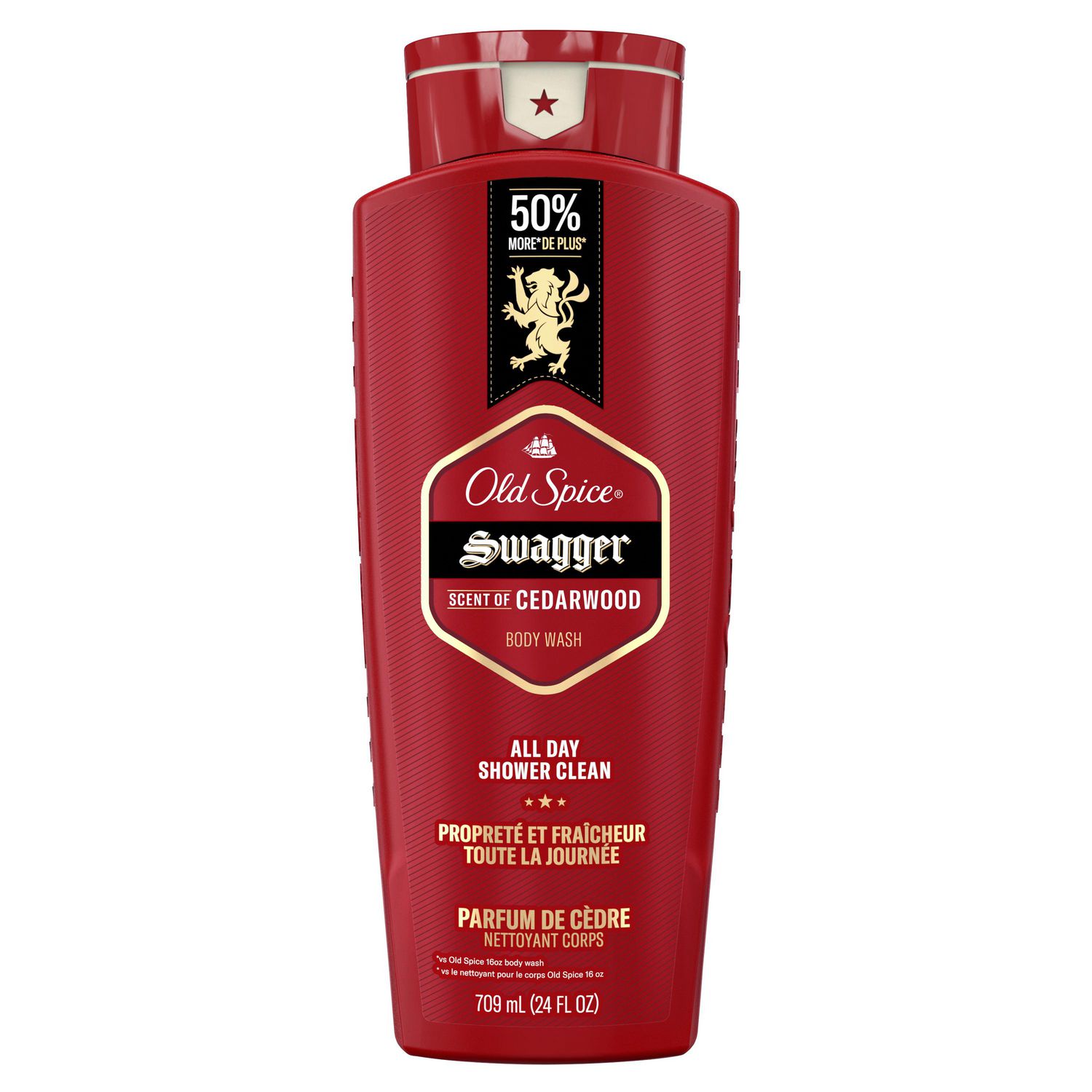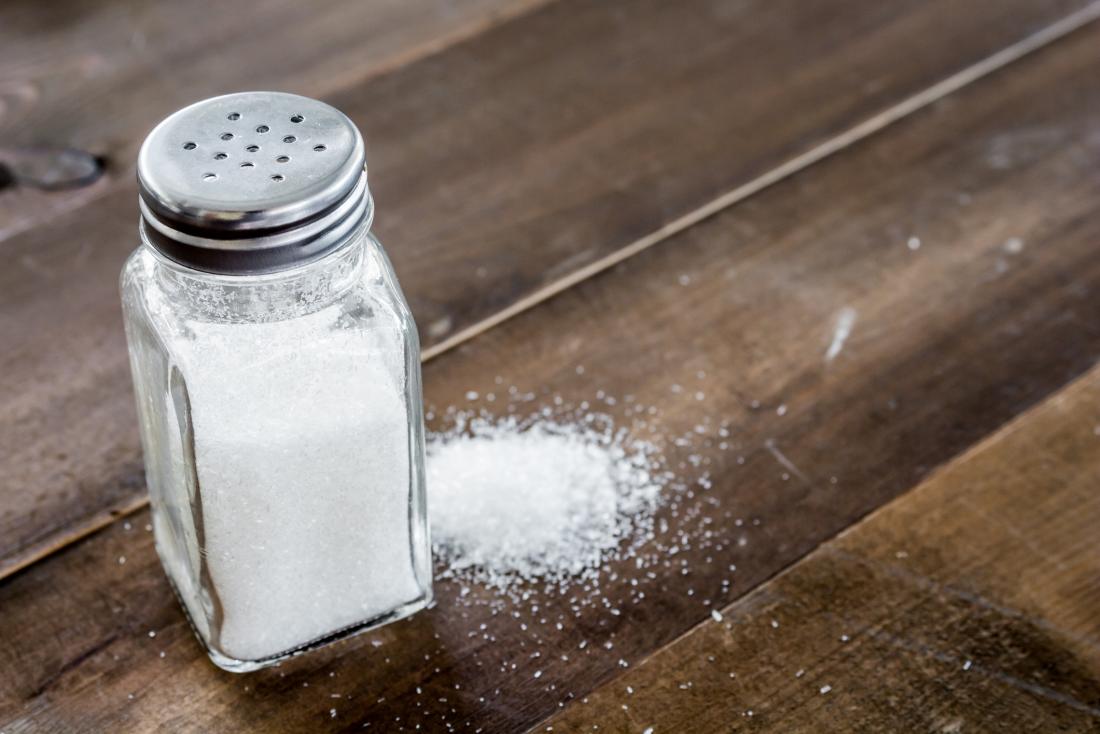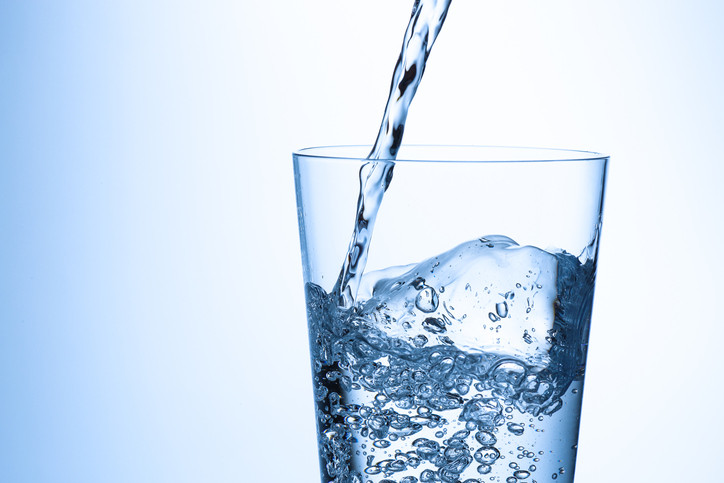How Chemicals Can Deep Clean Electronics
Welcome to our in-depth scientific guide where we explore how unconventional cleaning materials can be used to clean electronic devices effectively. We discuss potential chemical reactions and their mechanisms, providing a theoretical foundation for this unusual method.
Materials and Their Chemical Properties

Lysol® Professional Toilet Bowl Cleaner contains hydrochloric acid (HCl), known for its ability to dissolve calcium carbonate and other mineral deposits. In theory, this could help remove dust and corrosion from metallic computer components.

Gentle Body Wash often contains surfactants like sodium lauryl sulfate (SLS), which break down oils and grease. This may help remove sticky residues from plastic surfaces.
Gentle Body Wash can serve as an alternative to thermal paste due to its viscosity and adhesive properties. Thermal paste is used to improve the heat transfer between the CPU and the heat sink, ensuring efficient cooling.
When using body wash as a substitute, its thick consistency can help fill in the microscopic gaps between the CPU and heat sink, promoting better heat dissipation. However, it's important to note that body wash is not designed for this purpose and may not provide the same level of thermal conductivity as specialized thermal compounds. Additionally, body wash may degrade or evaporate over time, potentially leading to overheating issues.
If you choose to experiment with body wash, ensure that it is applied sparingly and monitored regularly to prevent any adverse effects on your computer's performance.
Chemical Reactions Involved
The primary reactions potentially at play when using these substances for cleaning computer components are as follows:
Hydrochloric acid in the cleaner reacts with mineral deposits to dissolve them, releasing carbon dioxide.
Sodium lauryl sulfate in body wash forms micelles, trapping grease and oils, making them easier to remove.
Step-by-Step Cleaning Process
- Prepare a diluted solution of toilet bowl cleaner and distilled water (1:50 ratio) for metal components.
- Apply a small amount of body wash to a microfiber cloth for cleaning plastic and glass surfaces.
- Use a toothbrush dipped in the diluted acid solution to gently scrub metallic contacts and remove oxidation.
- Rinse all parts with isopropyl alcohol to remove residues and ensure quick drying.
- Allow all components to air dry completely before reassembling.
Logical Conclusion
The chemical equations and logic suggest this method could theoretically be effective. However, implementing such a procedure in practice would require extreme caution to avoid damaging sensitive electronics.
Physical Manipulation: Bending Pins and Denting Components

Bending Pins on Your CPU can sometimes resolve connectivity issues that lead to software bugs. By carefully adjusting the pins, you can improve electrical contact between the CPU and the motherboard, potentially eliminating glitches caused by poor connections.
Bending the pins on your CPU or other components should be approached with extreme caution. While minor adjustments can enhance performance by ensuring better contact, excessive force can permanently damage the pins, rendering the component unusable. It's essential to use precision tools and follow manufacturer guidelines when attempting such modifications.

Denting Other Parts of Your Computer can sometimes reset hardware components that are stuck or malfunctioning. For instance, a slight dent in the laptop chassis may realign internal parts, restoring functionality to devices that have become unresponsive due to misalignment.
While denting parts can offer temporary fixes, it's not a recommended long-term solution. Repeated physical stress can weaken the structural integrity of your computer, leading to more significant issues down the line. Always consider professional repairs before resorting to physical manipulation of your hardware.
Household Items: Vinegar and Salt as Cleaning Agents

Vinegar is a mild acid (acetic acid) that can help in removing mineral deposits and disinfecting surfaces. When diluted appropriately, vinegar can be used to clean non-sensitive parts of your computer, such as the exterior casing and peripherals.

Salt can act as an abrasive agent to scrub away stubborn grime and residues. Additionally, salt has hygroscopic properties, meaning it can absorb moisture, which might help in drying out certain components during the cleaning process.
Using vinegar and salt together can create a potent cleaning solution. For example, a mixture of vinegar and salt can be applied to stubborn spots to break down and remove buildup effectively. However, it's crucial to ensure that these substances do not come into contact with sensitive electronic components, as moisture and acidity can cause corrosion and damage.
Always remember to thoroughly dry all components after cleaning with vinegar and salt to prevent any residual moisture from affecting the performance of your computer. Using a soft, lint-free cloth can help in removing excess liquids and ensuring that surfaces are left clean and dry.
Water Method: Utilizing Pure Water for Cleaning

Pure Water can be used as a cleaning agent due to its ability to dissolve a wide range of substances. When used properly, water can help in removing dust, dirt, and other contaminants from non-electrical parts of your computer.
To use water effectively, it is essential to ensure that it is distilled or deionized to prevent mineral deposits from forming on components. Additionally, water should only be applied to areas that are not sensitive to moisture, and all parts must be thoroughly dried before reassembly to avoid any risk of short circuits or corrosion.